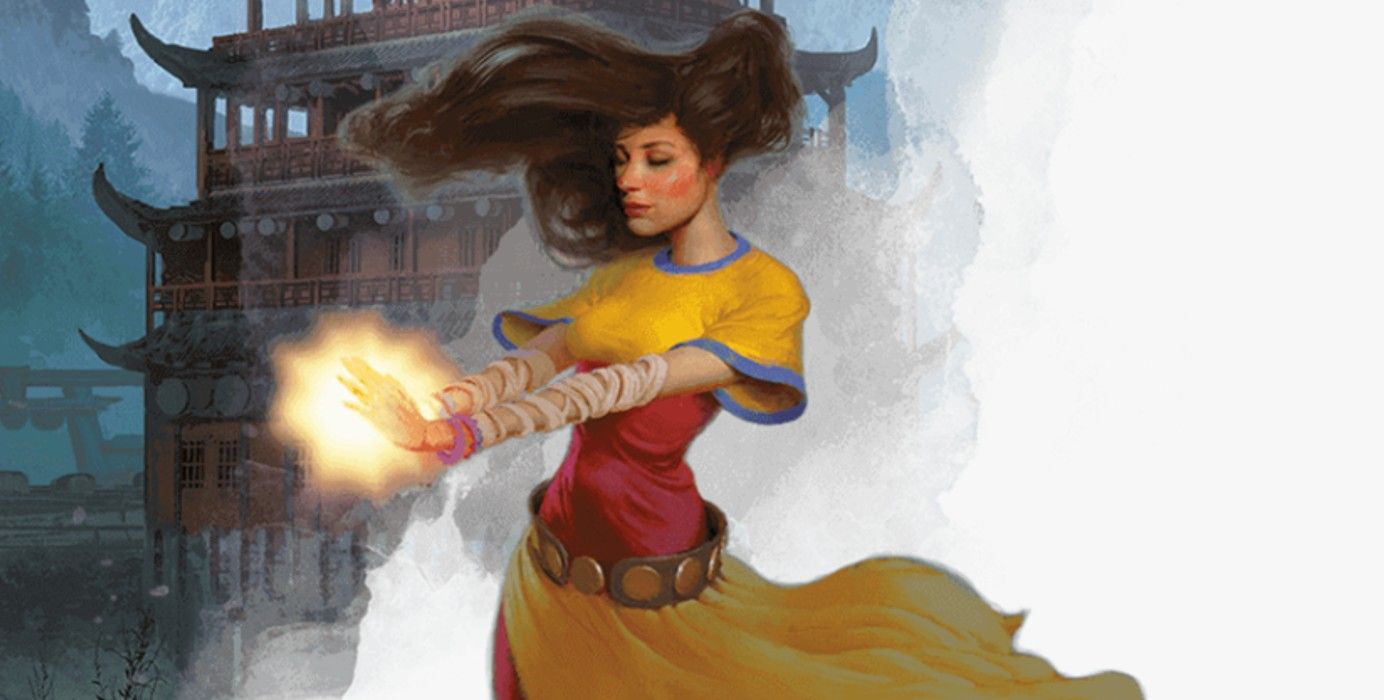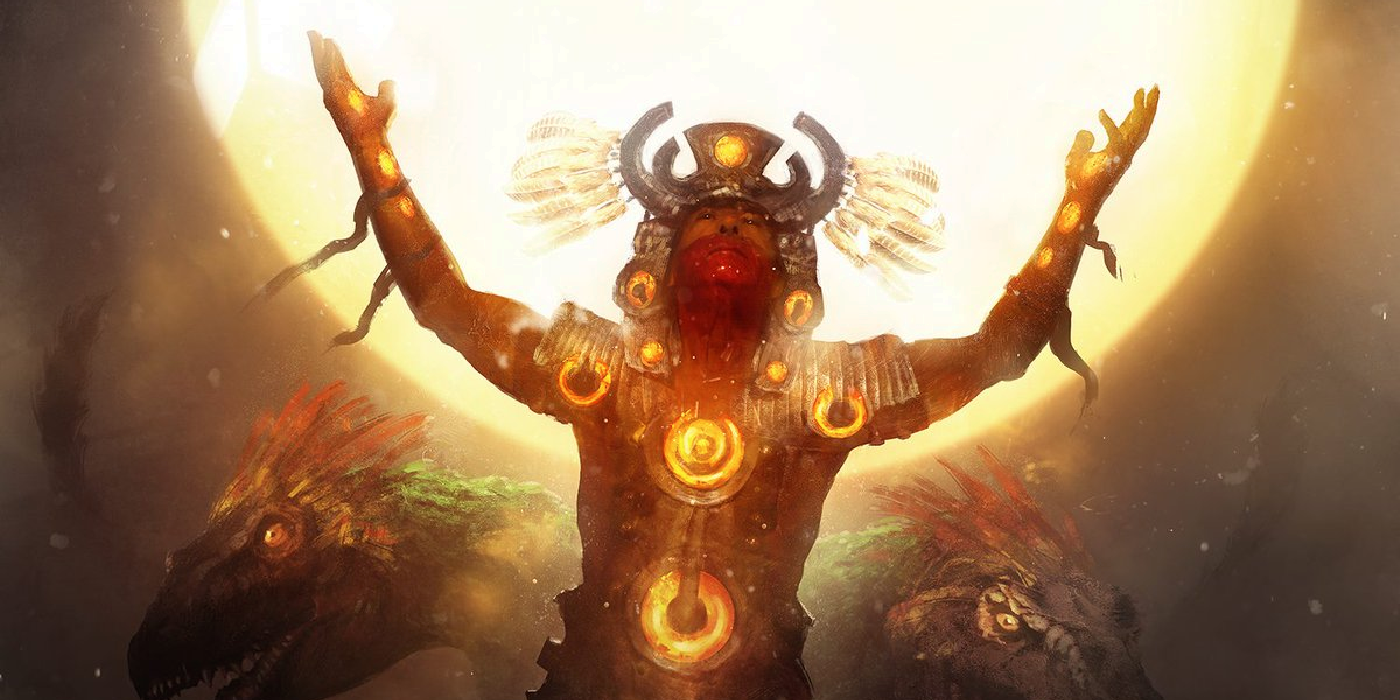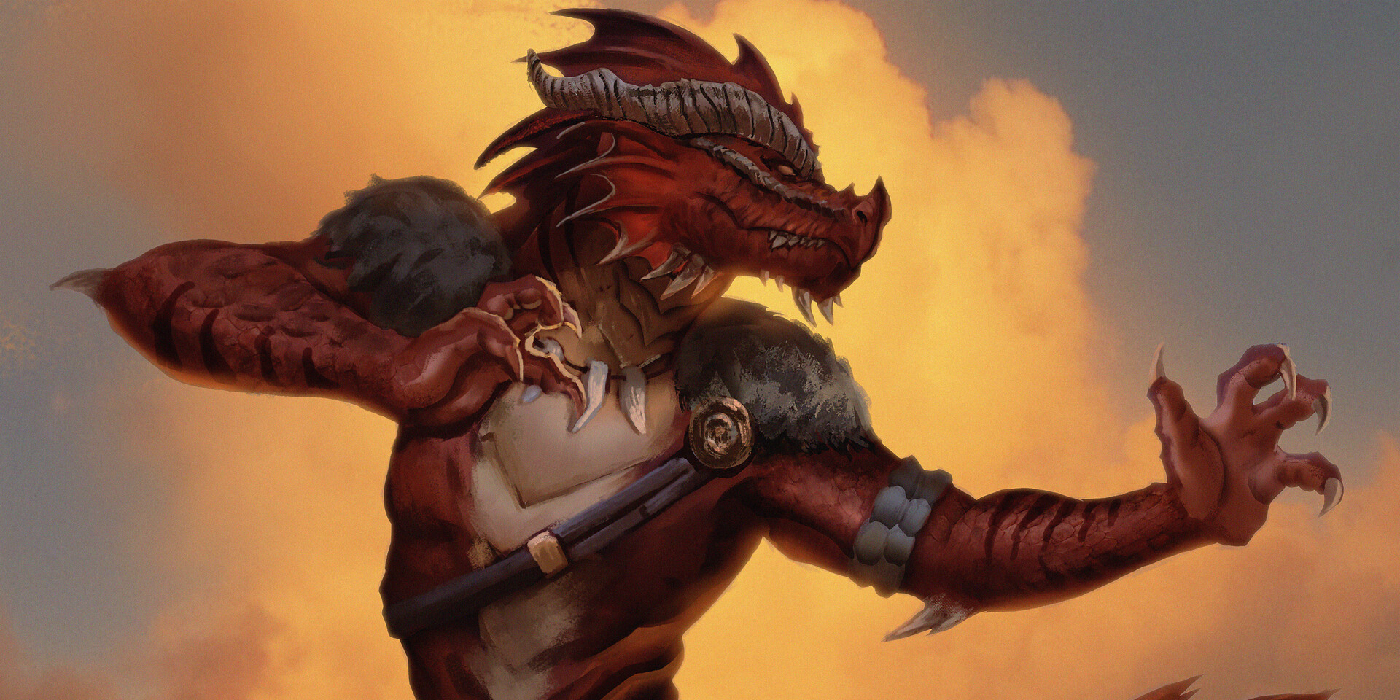Key Insights on Monk Subclasses
- Selecting the optimal monk subclass at level three is essential for maximizing your character’s potential.
- Certain monk subclasses impose restrictions due to elevated ki costs, impacting their effectiveness in various situations.
- Every monk subclass introduces distinct features and abilities that significantly enrich the gaming experience.
Choosing the right class is critical for any Dungeons & Dragons character, but the selection of an appropriate subclass is particularly pivotal for a monk. Similar to other DnD classes, monks select their subclass at level three. The game features a total of 15 monk subclasses from the 2014 5th edition and the refreshed 2024 rules, including exciting options introduced in Unearthed Arcana. Each subclass offers a diverse array of bonuses, allowing players to tailor their characters? strengths and abilities to their unique playstyles and party dynamics.
Unlike traditional spellcasters or armored fighters, the monk class showcases a unique fighting style. They engage in combat using their bare fists, channeling Wuxia-inspired finesse. Monks utilize Ki Points akin to spell slots, enhancing their attacks and boosting their chances to land successful hits. As with most DnD classes, monks come with a plethora of subclasses to choose from, each holding its own distinct advantages. While every subclass provides unique features and abilities that allow players to spend their ki strategically, not all subclasses are created equal; some clearly stand out in terms of effectiveness and versatility.
As of 2024, a new Player’s Handbook has been launched, delivering a comprehensive overhaul to the entire Monk class. This new rulebook also reworks four of the Monk’s subclasses, refining their abilities and introducing fresh mechanics. Despite these changes, all subclasses adhere to the established 5e rule framework for ease of integration.
15 Understanding Why the Way of Tranquility is the Least Effective Monk Subclass
Insights from Unearthed Arcana 24
The Way of Tranquility is recognized as the least impactful monk subclass in DnD, but this is by design. This subclass primarily equips players with options for evading combat rather than actively engaging in it. From the moment players select this subclass, they gain the ability to cast sanctuary at will, providing a protective shield to help them avoid conflict. Additionally, they can utilize Healing Hands to restore health to their allies, further solidifying their role as a supportive character. At sixth level, they also gain advantage on Charisma checks, assisting them in defusing tense situations.
The Way of Tranquility offers an alternative approach to playing a monk character, emphasizing peace over combat prowess. While this subclass can shine in campaigns that prioritize roleplay, its combat utility is severely limited. However, Tranquility monks possess the unique ability to negotiate with potential foes, potentially diffusing conflict before it escalates. At level 11, they can even erase violent impulses with a simple touch, providing a strategic advantage in certain scenarios. While this may not equate to sheer power, it enables the party to navigate tricky situations more effectively.
14 Exploring the Way of the Four Elements: A Visually Stunning Yet Underwhelming Subclass
Insights from the 2014 Player’s Handbook
Regrettably, one of the most visually appealing concepts for a monk is also one of the most underwhelming subclasses in 5e. The Way of the Four Elements allows players to channel elemental powers, reminiscent of the Avatar, granting access to Elemental Disciplines. These are spells that can be cast using Ki Points, but despite the exciting premise, the subclass struggles with its biggest flaw: the high ki cost associated with its features.
Many of the elemental abilities require an excessive amount of ki, which can lead to monks exhausting their resources too quickly to effectively utilize their unique features in battle. While the spells themselves are not inherently weak and can be strategically advantageous against certain foes, the reliance on a limited resource makes them feel lackluster compared to traditional spells that utilize spell slots. This limitation often leaves players feeling underwhelmed and seeking alternatives that do not rely so heavily on ki expenditure.
13 Analyzing the Way of the Sun Soul: Limitations of Ki and Underwhelming Features
Insights from Xanathar’s Guide To Everything
Sun Soul is yet another example of how a monk subclass can expand offensive capabilities while still struggling with ki limitations. This subclass primarily offers ways to deal radiant damage, starting with the ranged attack known as Radiant Sun Bolt at level three. However, the subclass’s potential is hampered by its reliance on ki expenditure, which limits its effectiveness in prolonged encounters.
While Searing Arc Strike offers solid offensive options akin to the burning hands spell, the high ki costs mean that players can run out of resources quickly. Additionally, Searing Sunburst is often viewed as a weaker version of fireball, and Sun Shield turns the monk into a less effective damage dealer, only able to retaliate with minor radiant damage when struck. This lackluster final feature is often disappointing for players, leading to dissatisfaction with the Sun Soul subclass as a whole.
A monk’s Ki Point pool always matches their monk level, beginning at level two.
12 Evaluating the Way of the Ascendant Dragon: Similar Ki Challenges but Slightly Improved
Insights from Fizban’s Treasury of Dragons
Without belaboring the point, the Way of the Ascendant Dragon faces similar ki management challenges as the Four Elements and Sun Soul, with features that are costly and high-level abilities that may not deliver strong returns. Nevertheless, the Ascendant Dragon does offer some benefits that make it a slightly better choice compared to its counterparts.
This subclass provides unique abilities, such as Draconic Disciple, which allows monks to disable opponents through fright effects, or navigate vulnerabilities and resistances with Draconic Strike. Breath of the Dragon offers powerful area-of-effect attacks tied to Martial Arts dice. The Aspect of the Wyrm grants an aura that can frighten foes while providing the monk with damage resistance. Unfortunately, the small ki pool still limits the subclass’s potential, making it less appealing for those seeking a high-impact playstyle reminiscent of Marvel?s Iron Fist.









